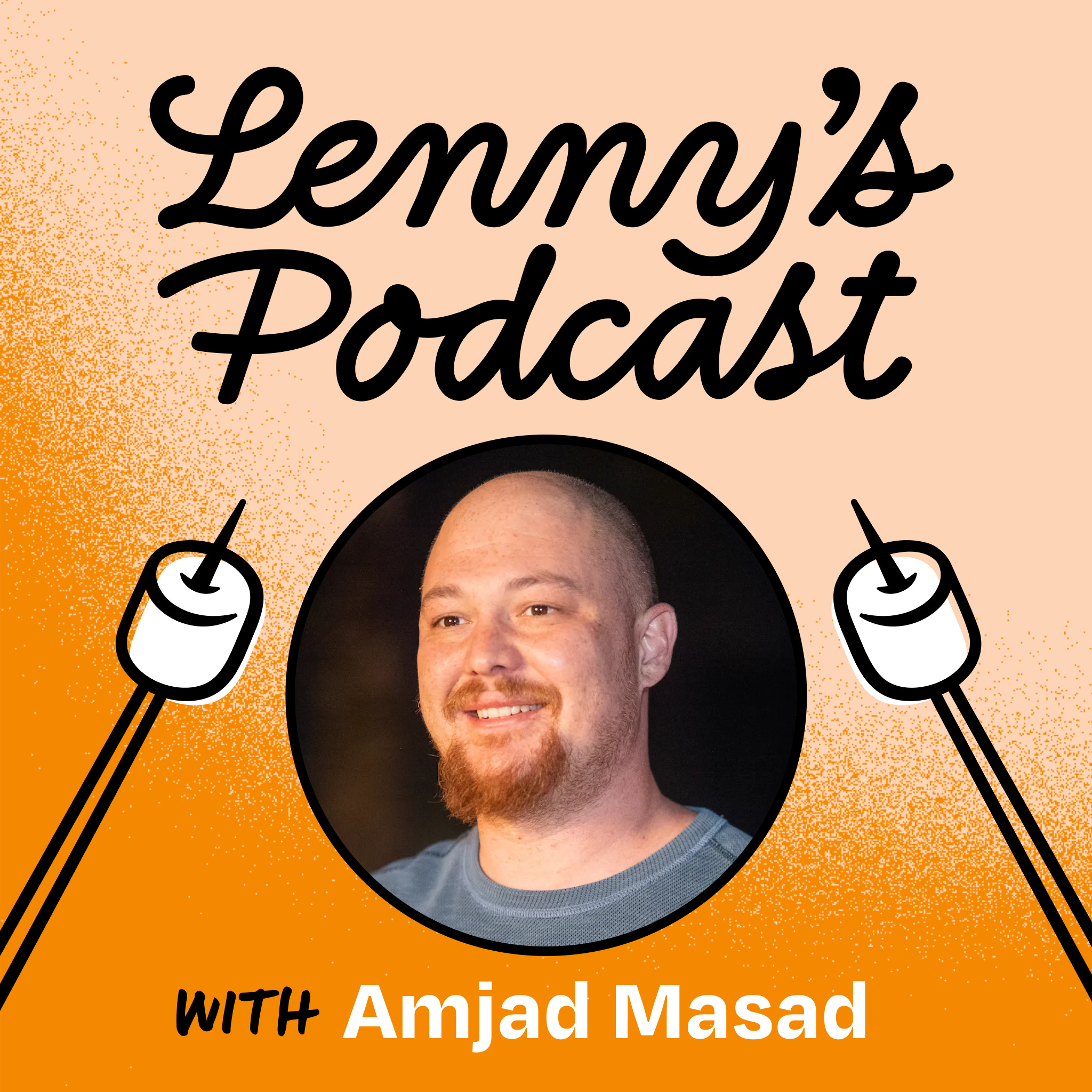
December 1, 2024 • 1hr 29min
Identify your bullseye customer in one day | Michael Margolis (UX Research Partner at Google Ventures)
Lenny's Podcast: Product | Growth | Career

Key Takeaways
- Bullseye customer is a very specific subset of your target market who initially is most likely to adopt your product/service
- The Bullseye Customer Sprint follows a "5-3-1" formula: 5 customers, 3 prototypes, 1 day of interviews
- Getting extremely narrow with your initial target customer is essential - it should feel "comically narrow"
- Past behavior is a much stronger signal than what people say they will do in the future
- Watch parties where the whole team observes customer interviews create alignment and shared understanding
Introduction
Michael Margolis has been a UX Research Partner at Google Ventures (GV) for nearly 15 years, where he's helped over 300 portfolio companies better understand their customers and refine their products. He developed the Bullseye Customer Sprint method to help startups quickly identify and validate their initial target market. The process can be completed in just one day and helps teams avoid wasting time building something nobody wants.
Topics Discussed
What is a Bullseye Customer (09:11)
A Bullseye customer is the very specific subset of your target market who initially is most likely to adopt your product or service. This is typically more narrow than traditional ICPs (Ideal Customer Profiles).
- Helps teams prioritize what to build first
- Enables deeper understanding of customer needs
- Creates team alignment on who you're building for
- Helps filter feedback from various stakeholders
Overview of the Bullseye Customer Sprint (12:32)
The sprint follows a "5-3-1" formula:
- 5 Bullseye Customers - Carefully selected potential users
- 3 Simple Prototypes - Different versions of your value proposition
- 1 Day - Conduct all interviews while team watches
- Key elements:
- Qualitative interviews vs surveys
- Comparing multiple prototypes
- Making it a team sport via watch parties
When to Use the Sprint (20:56)
The sprint is most valuable:
- Before investing significant time/resources in building
- When expanding to new markets or customer segments
- When shifting go-to-market strategy (e.g., enterprise to self-serve)
- When getting polite but non-committal customer feedback
- When traction isn't meeting expectations
Step 1: Agree on Goals and Key Questions (22:19)
Start with a 45-minute team meeting to align on:
- What keeps you up at night about the product/market?
- What would have to be true for this to succeed?
- What are your key hypotheses and assumptions?
- What are the recurring debates on the team?
Step 2: Define Your Bullseye Customer (23:48)
Get extremely specific about who you're targeting initially:
- Include ~7 narrowing attributes across:
- Inclusion criteria - Must-have characteristics
- Exclusion criteria - Disqualifying factors
- Trigger events - What makes them ready to buy
- Example attributes:
- New vs existing user
- Industry/sector
- Organization size
- Role/title
- Geography
- Budget/income
- Prior experiences
Step 3: Recruiting and Compensating Participants (43:28)
Finding and scheduling the right participants:
- Create a screener questionnaire that:
- Translates criteria into concrete questions
- Doesn't telegraph "right" answers
- Uses measurable characteristics
- Recruitment channels:
- User Interviews platform (userinterviews.com)
- Professional associations for specialized roles
- Referrals/snowball recruiting for hard-to-reach groups
- Compensation:
- $125/hour for typical consumer interviews
- Professional rates for specialized roles (e.g., attorneys)
- Must be sufficient to ensure attendance
Step 4: Creating Effective Prototypes (56:11)
Design three distinct versions of your value proposition:
- Keep it simple:
- Static PDFs/images vs functional prototypes
- Focus on writing clear value props
- Make them visually distinct (e.g., different colors)
- Vary key attributes across versions
- Study competitor products as free prototypes
- Proofread carefully to maintain credibility
Step 5: Drafting Your Interview Guide (1:01:10)
Structure one-hour interviews in two parts:
- Part 1: Discovery
- Past experiences with the problem
- Current solutions and workarounds
- Pain points and challenges
- Part 2: Prototype feedback
- Present each prototype
- Gather reactions and preferences
- Compare and contrast features
- Key principles:
- Start with warm-up to build rapport
- Practice "humble inquiry"
- Focus on past behavior over future predictions
Step 6: The Watch Party Method (1:08:49)
Conduct interviews while team observes and processes together:
- Setup:
- Livestream interviews to team
- Assign note-taking roles
- Use shared doc for collaborative notes
- Maintain back-channel for questions
- Between interviews:
- Structured debrief discussions
- Capture key learnings in spreadsheet
- Track patterns across participants
- End of day:
- Individual takeaways via survey
- Compare to pre-sprint predictions
- Align on next steps
Common Pitfalls and Final Thoughts (1:19:40)
- Key mistakes to avoid:
- Not being specific enough with customer criteria
- Including too many "expert" users
- Over-valuing future predictions vs past behavior
- Confirmation bias in interpreting feedback
- Signs of success:
- Genuine excitement from participants
- Clear patterns in feedback
- Team alignment on next steps
- Desire to do more research
Conclusion
The Bullseye Customer Sprint provides a structured way to quickly validate your target market and value proposition. By getting extremely specific about your initial customer, creating simple prototypes, and involving the whole team in customer interviews, you can avoid wasting time building something nobody wants. The process helps create alignment and often reveals that your assumptions about customers need adjustment. The key is to stay disciplined about customer criteria and focus on past behavior over future predictions.









